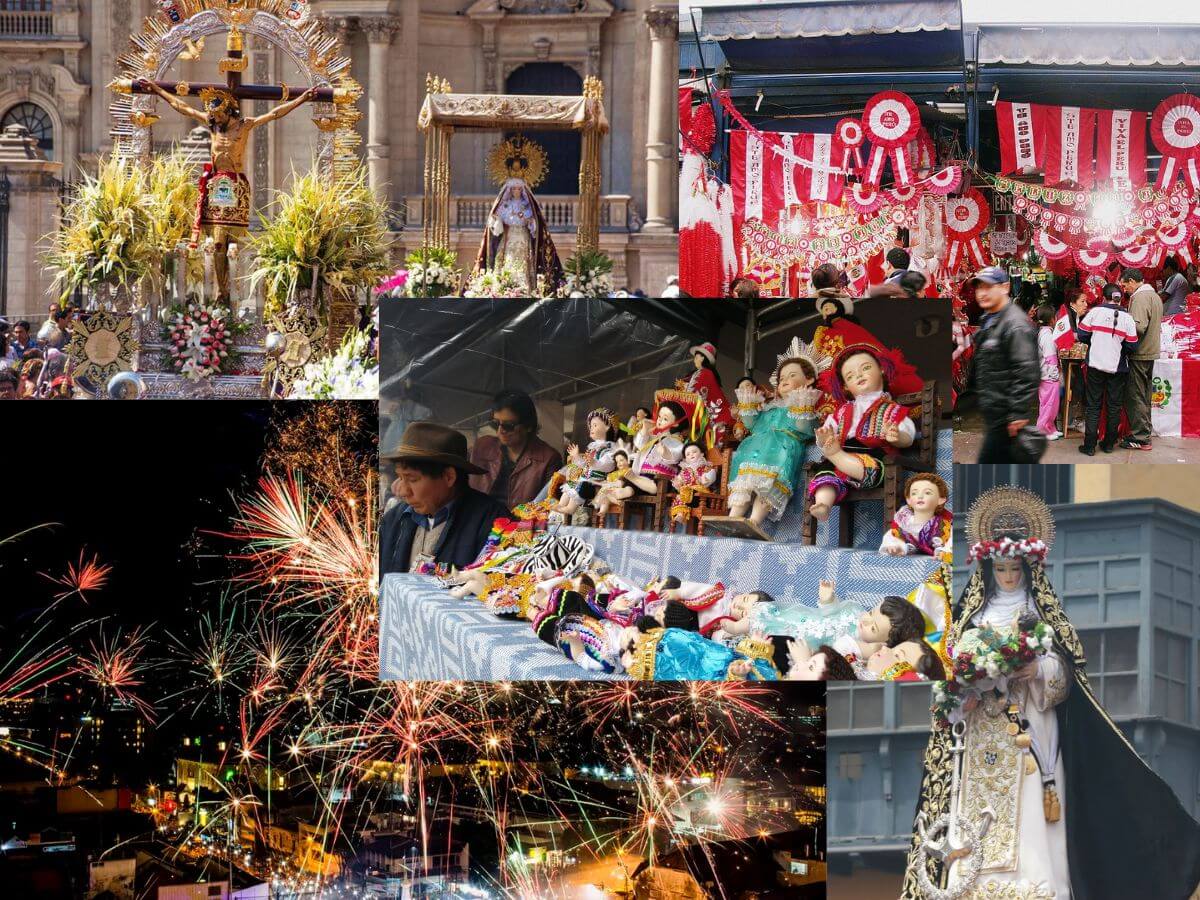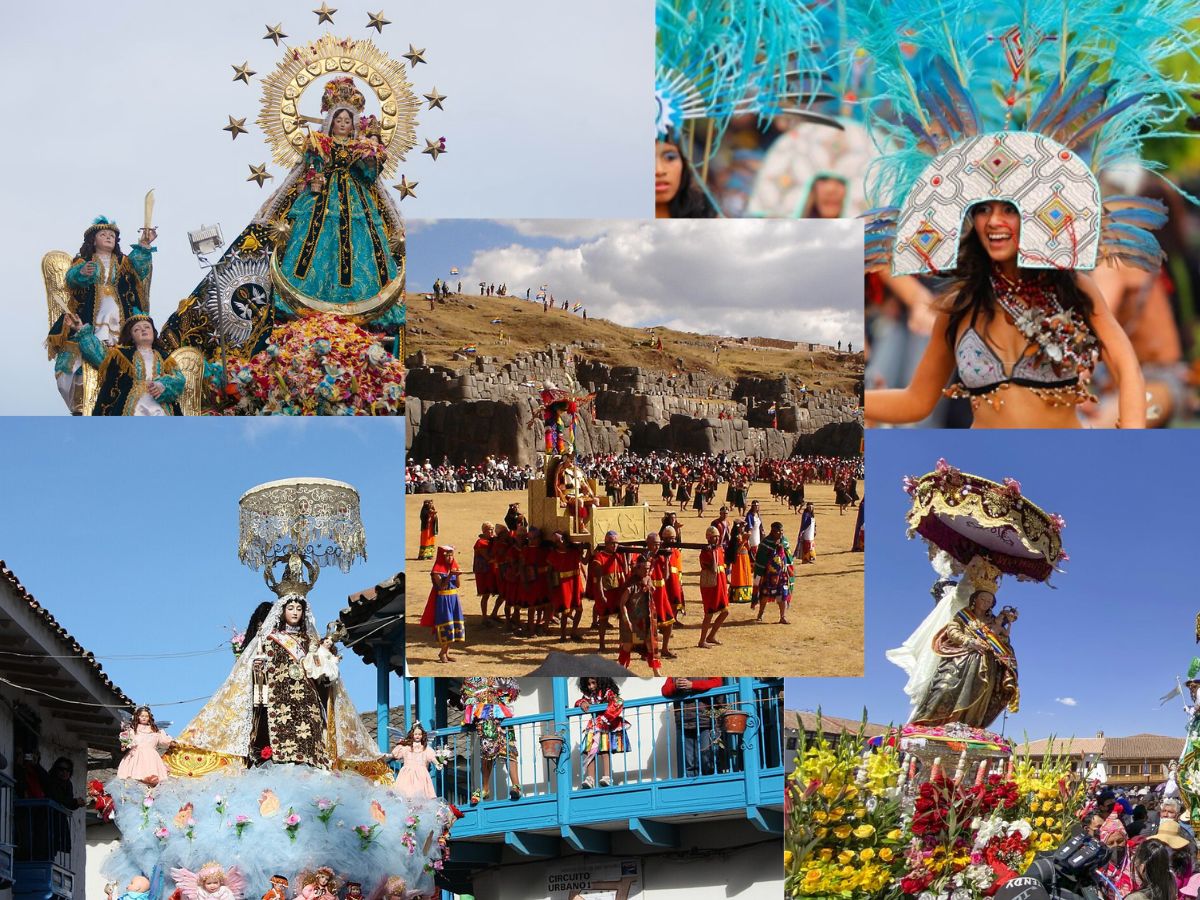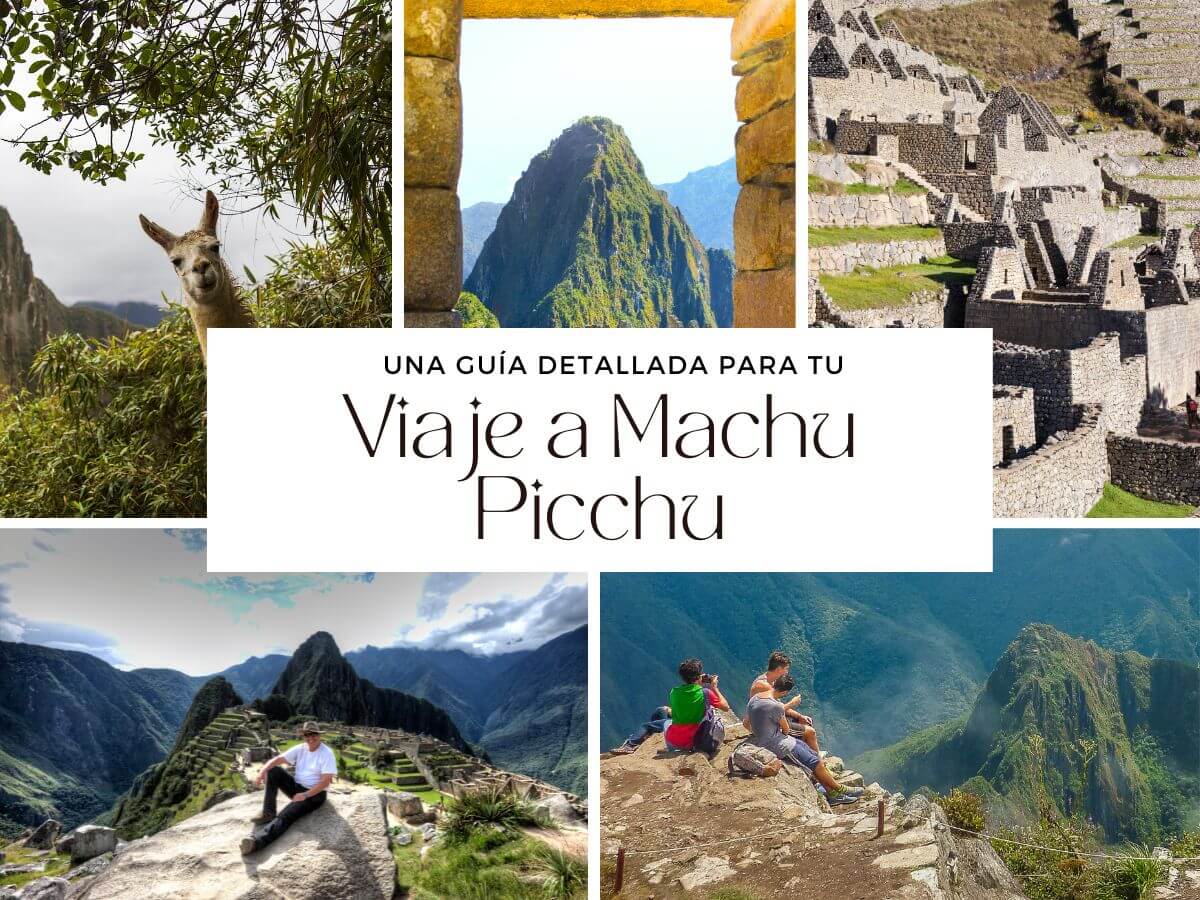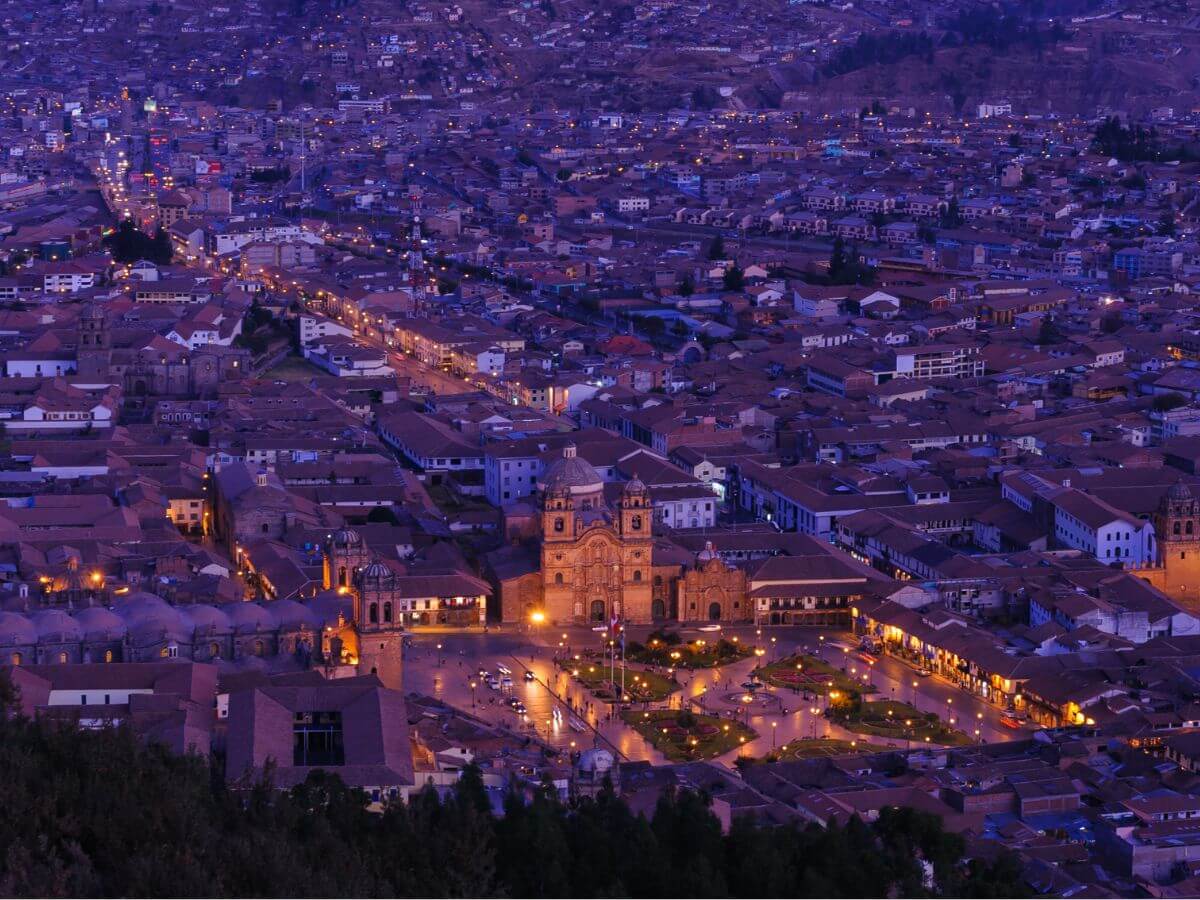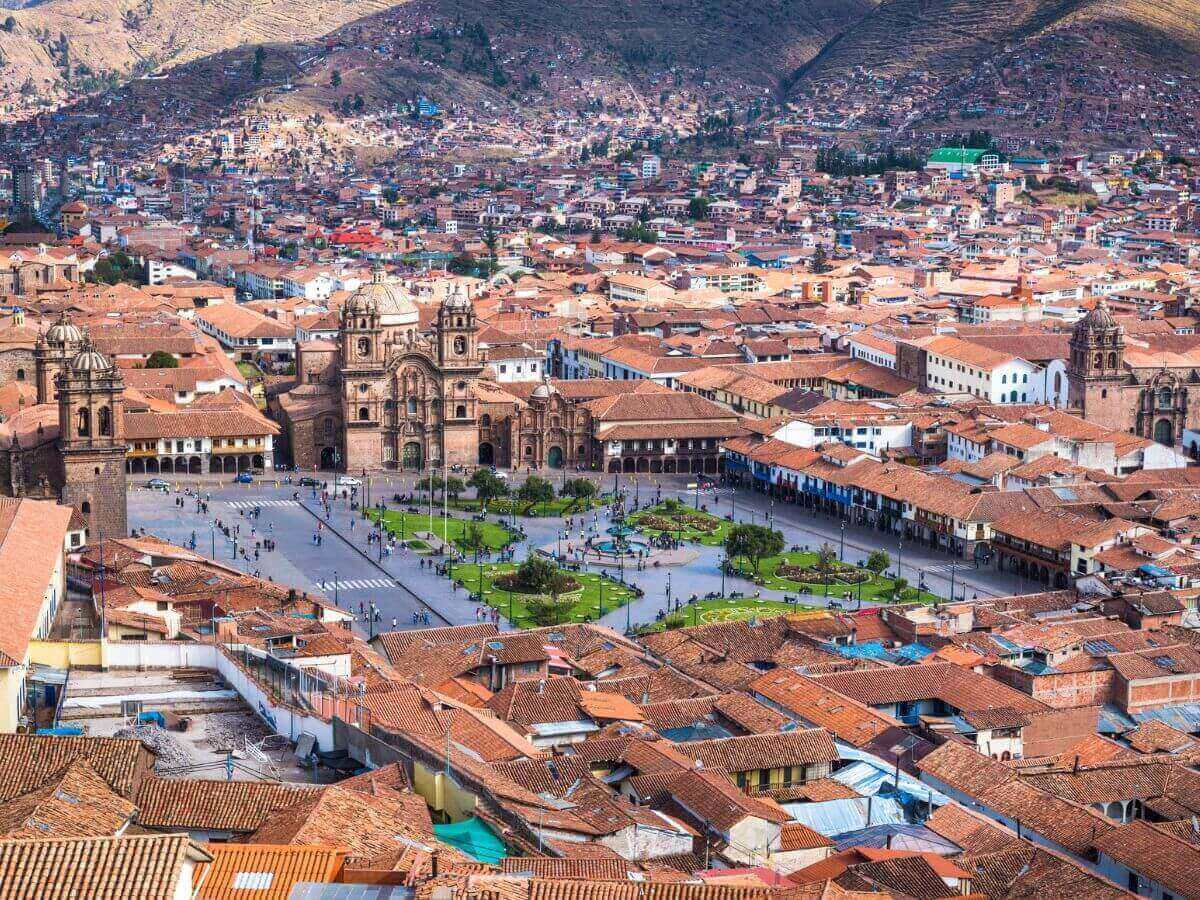Andahuaylillas: A magical little town in the South Valley
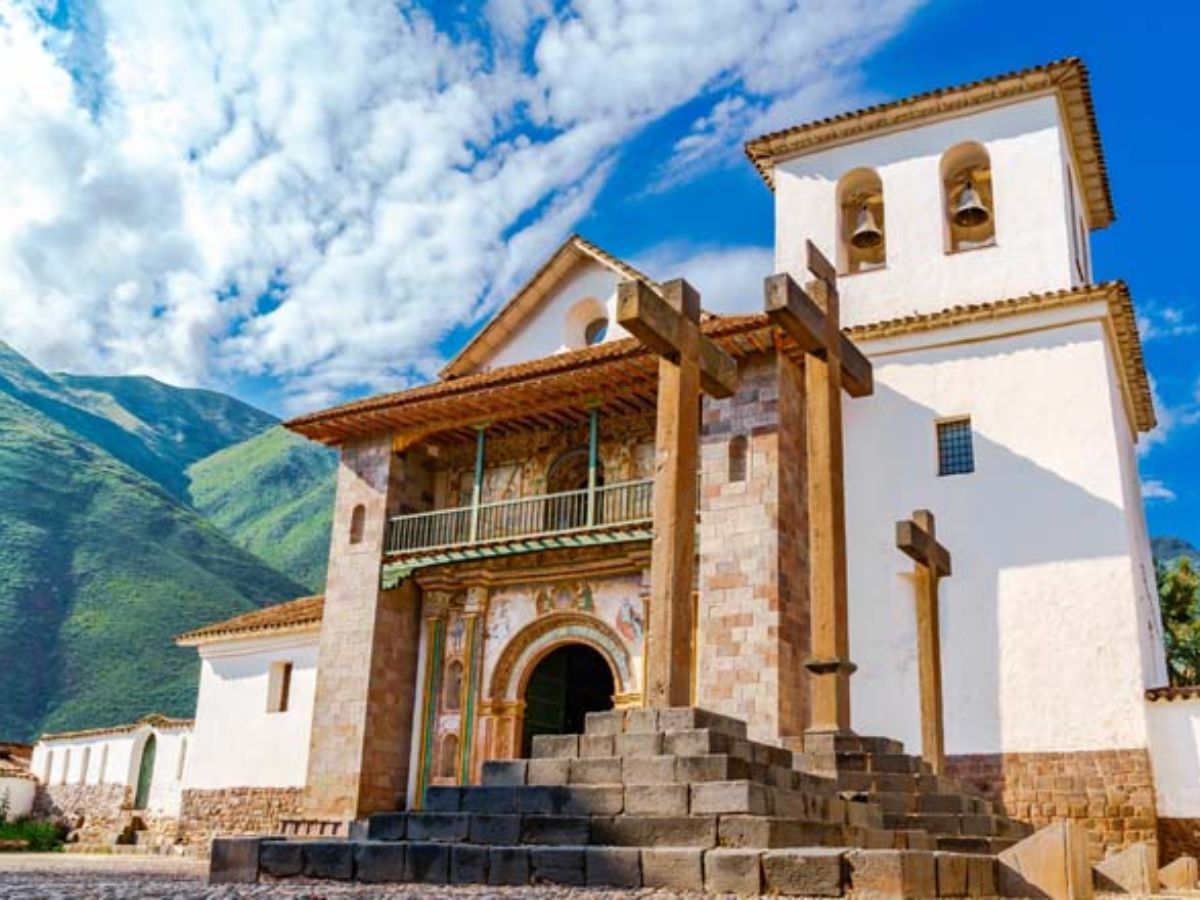
Andahuaylillas is a small town in the Quispicanchi district, located at an approximate distance of 45 kilometers from the city of Cusco. This is part of the South Valley circuit on the tourist route.
Its fertile field, its attractions and other climatic factors helped it to sit in colonial times, proof of this are its large houses that show the wonder of the place. Next, let’s know more about it.
| Andahuaylillas | |
| Distance from Cusco | 43km south of the city, 1 hour and 15 minutes by car |
| Weather | tempered |
| Altitufe | Aboves 3121 m.s.n.m |
| Best time to visit | From April to October |
| What to do | Visit the nearby archaeological complexes, try bread in Oropesa, visit the nearby sculptures, get to know the Sistine Chapel of America, taste the guinea pig and pork rinds, learn history in Andahuaylillas |
Where is Andahuaylillas located?
It is located 45 km from the city of Cusco, in the province of Quispicanchi. It is a picturesque town that you should definitely not miss, it is part of the South Valley route.
What does Andahuaylillas mean?
The name Antahuaylla has two interpretations, the first comes from the Quechua words anta, which means deer, and huaylla, green meadow or wetland, that is, “bofedal where the deer are.” Oral tradition indicates that these animals came to feed on the short grass that grows in these humid places and the corn produced in the region, their favorite food.

The second indicates that anta means copper and huaylla prairie, that is, “copper meadow”, due to the copper color that the lands acquire at certain times of the year. The word anta is also a word from the Aymara language from the Lake Titicaca area, which refers to the “red and yellow cloudscape”. During the dry season, which is winter in the Andes, the sunsets in the area are copper colored.
History of Andahuaylillas
Around 1631, the old denomination of San Pedro de Antahuaylla La Chica was maintained, which was “castilianized” to become Andahuaylillas, possibly towards the end of the 17th century; over time “La Chica” was left aside. Today, the historic town is known as Andahuaylillas.
This settlement belonged to the Diocese of Cusco from the 17th century to the present. Since that time there are historical references that highlight the importance of the parish and the temple of San Pedro Apóstol. In 1674, the great bishop and patron of the diocese of Cusco, the illustrious prelate Manuel de Mollinedo y Angulo, sent a representative to visit Andahuaylillas La Chica, as stated in the documents of the time, and report on its state. the curate, which at that time comprised 1,000 people.

Fourteen years later, in 1689, Bishop Mollinedo himself ordered that the parish priests of the territory of his diocese draw up reports on their respective parishes in order to comply with the information requirements that the Crown demanded. The parish priest of the Doctrine of San Pedro de Andahuaylillas, Don Bernardo de Torres Bexarano, wrote the report on the town.
Art in Andahuaylillas
Altarpieces, Pulpits and Complementary Works of Art
The altarpieces are architectural compositions linked to the interior space of the temples, conceived as complementary settings that fulfill a liturgical function. In the Andean area, they reached their greatest splendor in the Baroque period, when they became larger, covering entire walls. They are characterized by the wood carving and the golden finish executed with gold leaf leaves, which symbolized divine light. In general, they are made up of superimposed bodies, separated horizontally by boardings and, vertically, they are divided into streets arranged in an odd number.
Painting in Andahuaylillas
Regarding the canvases with easel painting from the famous Cusqueña School, the series of the life of San Pedro that covers the side walls is notable. They show significant scenes of the martyrdom of Saint John the Baptist, Saint Peter fleeing from prison, the conversion of Saint Paul or the crucifixion of Saint Peter, among others.

What to visit in Andahuaylillas?
The church of Andahuaylillas
The San Pedro de Andahuaylillas church is the biggest attraction for visitors, because due to the quality of its works of art it is considered the “Sistine Chapel” of America.
It was built by the Jesuits at the end of the 16th century and the beginning of the 17th. Its architectural structure is the classic of the churches of small towns. Its walls are wide, typical of colonial buildings, made of sun-dried mud bricks, a façade adorned with murals, and two stone columns projecting toward the main gate. Although its architecture is relatively modest, the decoration of its interiors is the most impressive of the enclosure.

The main square of Andahuaylillas
The immense Plaza de Armas is surrounded by lush pisonay trees (or coral trees) and palm trees. It is considered one of the most beautiful squares in the region. A few kilometers from here is the town of Huaro, where it is said that sorcerers lived in Inca times. There is a magnificent colonial temple whose wall paintings are by Tadeo Escalante (1803), one of the last teachers of the Cusqueña School.
Do not wait any longer and be dazzled by the wonderful Sistine Chapel of America. Write us for more information.










